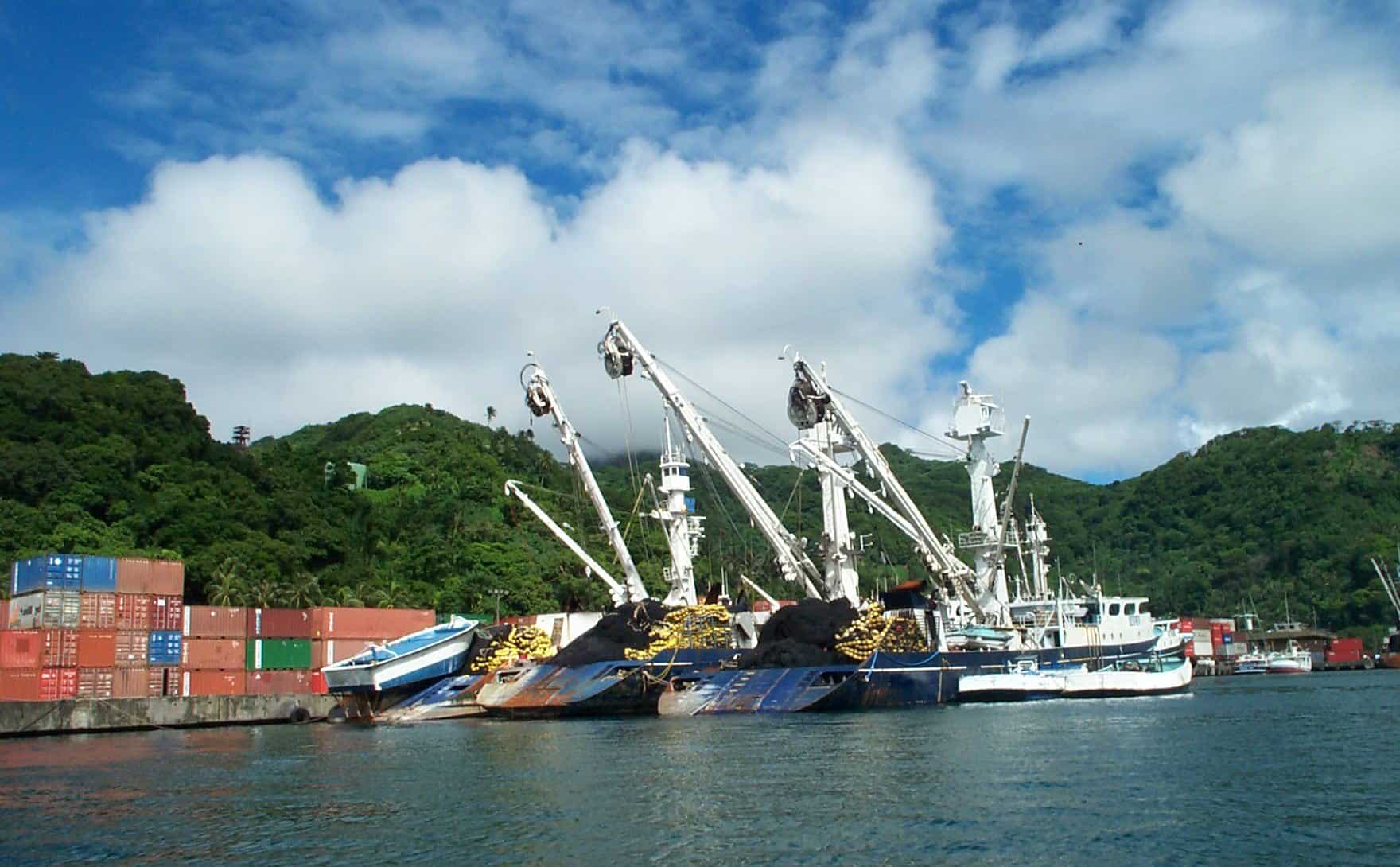On March 21, 2023, President Biden directed the Secretary of Commerce to consider initiating the designation process for a proposed National Marine Sanctuary covering all U.S. waters around the Pacific Remote Island Areas (PRIA). NOAA launched the designation process in April and held scoping meetings in May 2023 throughout the Western Pacific Region.
The draft sanctuary goals and objectives NOAA presented at the scoping meetings were vague and included language to conserve, protect and restore biodiversity, and to provide the necessary structure to ensure effective management. The Western Pacific Fishery Management Council has had sustainable fishing regulations in place under the Magnuson-Stevens Act for this area since the 1980s. In restructuring its management framework from species-based plans to place-based plans in the late 2000s, the Council was the first to recognize the importance of a comprehensive ecosystem approach. Achieving the presented goals and objectives would not be mutually exclusive to well-monitored and sustainable fisheries.
If the proposed sanctuary were to prohibit tuna fishing, the fishing industry and the communities that depend on it would face significant challenges. Conservation benefits of such a move within the international landscape remain unclear as the proposal lacks supporting narratives.
Principal tuna species within the western and central Pacific Ocean are not overfished or experiencing overfishing (yellowfin, bigeye, skipjack, albacore).1 Tuna fisheries do not interact with vulnerable reef or deep sea habitats. In fact, these fisheries cannot legally operate within 50 nm of the PRIA, well beyond the range of coral reefs at any depths where they could possibly interact with tuna fisheries.
Gilman et al. (20202) conducted the first evaluation of impacts and ecological responses to blue water marine protected areas by the existing Pacific Remote Islands Marine National Monument and found no notable “spillover effect” or benefits. In addition, the proposed sanctuary area is adjacent to the Phoenix Islands Protected Area (PIPA), which is to be reopened in Kiribati for fishing access for Chinese tuna purse seine vessels. A recent study conducted by the Pacific Community experts found the PIPA closure had no measurable conservation benefits for tropical tuna species (Hampton et al., 20233). In reality, the PIPA simply displaced fishing effort.
If large tuna fishing closures had demonstrable conservation benefits, it would have been evident in the PIPA, where significant fishing activity had occurred before the closure. Any potential “spillover” benefits of the proposed sanctuary would likely benefit Chinese fisheries instead, creating a “transferred effect” that could diminish the United States’ relevance in the Pacific tuna economy. Foreign fisheries that are not bound by U.S. standards do not have environmental laws that reduce bycatch and interactions with nontarget or protected species and ensure minimal habitat impacts.
Hilborn et al. (20224) also found that protection of biodiversity using large, static closures in open ocean ecosystems is not proven to be more effective than current fishery management controls. Pons et al. (20225) used case studies with verifiable data to demonstrate existing fishery management tools and dynamic area-based management tools are significantly more effective at protecting biodiversity than large “set it and forget it” closed areas.
Closing the PRIA to tuna fishing entirely would create unintended negative consequences. The PRIA provide important fishing grounds for commercially valuable tuna species for a small number of U.S. vessels that contribute significantly to American Samoa’s economy. These vessels are limited in their fishing access on the high seas through international measures and must pay tens of thousands of dollars a day to fish within the EEZs of other countries. Closing these areas to tuna fishing would result in a loss of fishing opportunities and potential revenue for fishermen. It could also discourage purse seine boats from continuing to operate under the U.S. flag, meaning they would no longer need to offload their catch in American Samoa, where 5,500 jobs are supported by the StarKist cannery. Following the closure of one cannery in the territory more than a decade ago, the gross domestic production fell by 25%. Closing the only remaining cannery due to an economically constrained tuna supply could be disastrous.
Tuna is an important food source, both locally and globally. Closing the PRIA to tuna fishing could reduce the availability of this protein-rich resource. It may lead to increased reliance on imported seafood or alternative protein sources, which can have economic and nutritional implications for local communities. Tuna is also the #1 commodity between the U.S. and the Pacific Islands Region, and impeding its commerce goes against the Indo-Pacific Strategy and Economic Framework advocated by the Biden Administration. The removal of U.S.-flagged vessels from the PRIA eliminates an essential surveillance layer, hindering efforts to combat illegal, unreported, and unregulated fishing and possible criminal activities. It could create a “fishing vacuum” for foreign vessels to exploit.
Fishery closures in the region could harm Pacific Island economies and send the wrong message about the United States’ commitment to its Pacific Island Territories. Fisheries management should strike a balance between conservation and the socioeconomic needs of communities. Any decision regarding the closure of the PRIA to tuna fishing would require careful consideration of these factors and the implementation of alternative measures to ensure the viability of U.S. tuna fisheries while minimizing negative consequences.

References
- https://www.wcpfc.int/current-stock-status-and-advice
- Gilman et al., 2020. https://doi.org/10.1371/journal.pone.0235129
- Hampton et al., 2023. https://www.frontiersin.org/articles/10.3389/fmars.2022.1060943/full
- Hilborn et al., 2022. https://onlinelibrary.wiley.com/doi/full/10.1111/faf.12629
- Pons et al., 2022. https://www.pnas.org/doi/10.1073/pnas.2114508119
